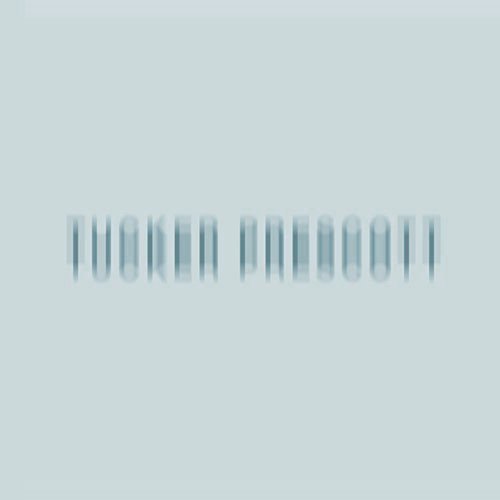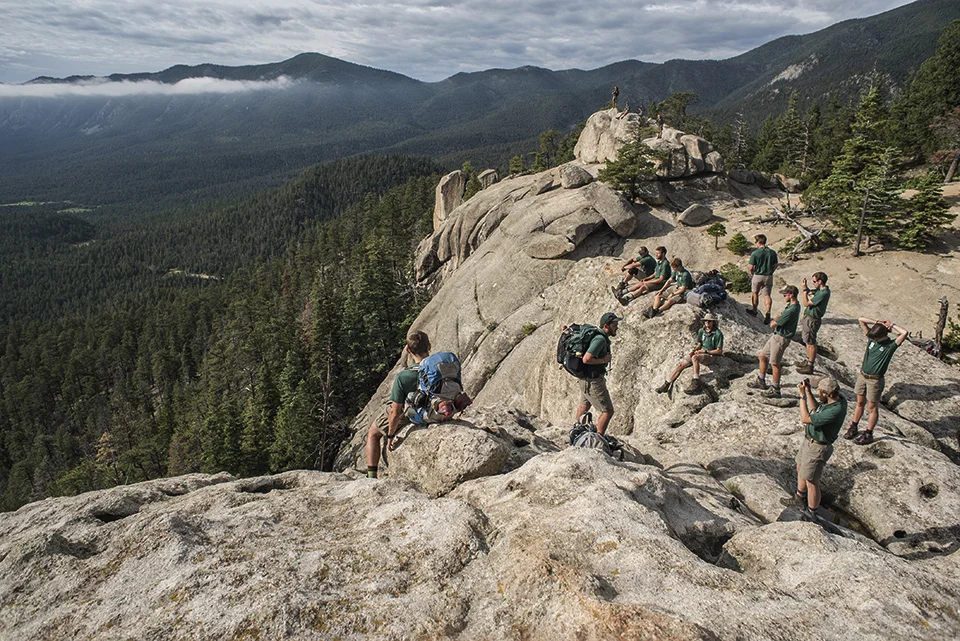I haven't updated this site in several months, apologies. I've been in a strange place mentally (and at times physically). From Iceland and Ibiza I went on to mainland Spain to continue traveling, but because of several factors including but not limited to exposure to new and unexpected experiences, a lost friend, and subpar planning, I ended up feeling lost and confused while in the country. At a certain point I lost the will to continue traveling and spent several weeks living in a bamboo grove on the outskirts of a small town near the capital of Aragon.
This bamboo grove was my home for ~3 weeks on the outskirts of Utebo, a small town near Zaragoza.
I wish I had seen more of the country but I wasn't in the right head space to see it (better to save it for a return trip, hopefully with a partner). In the 1 1/3 months I gave myself to travel there, I only went as far as the kingdom of Aragon.
This is not to say that during my time there I had no good experiences. Every person who picked me up (which during my tiny period of travel amounted to 6 rides) were some of the nicest people I've ever been picked up by. On the other hand, i did wait a full 24 hours at one spot to get a ride. Had to go find a place to sleep in the woods and come back in the morning. The Internet would have you think that Spain is tough to travel around by thumb and I can't help but agree with that sentiment. Even so, it's definitely possible and the interactions you can have there are just as rich as any other country. My interactions were made extra special as I had to practice Spanish at the same time as practicing my people skills.
I returned to the US in November, spent a while returning to normal life, and am now working freelance and painting in Columbia, S.C. as well as becoming involved in an arts collective based here, Scenario Collective:
My productivity as an artist has remained relatively low during this time. I felt a need to feel comfortable for a time, to stay still. This has really been an excuse for lethargy, and I must break free from it. As this February begins, I task myself with bringing four paintings and two videos to completion by the end of the month. Not a lofty goal for sure, but a reasonable step to returning to productivity.
I thought for a long time in that bamboo grove. I read, drew, wrote. I decided there that I did not want to teach English in a foreign country as I had previously planned. I realized the importance of friends there (as well as during my Traverse in Iceland where I would dream about hanging out with friends at home and wake up laughing to a cold, windy, bleak reality). I wrote a long list of plans, both creative and self-improvement, to put in action once I returned home. I'm still working on the list, still trying to find my direction in a very "The Graduate" kind if sense.
Here's to a good 2016.

































